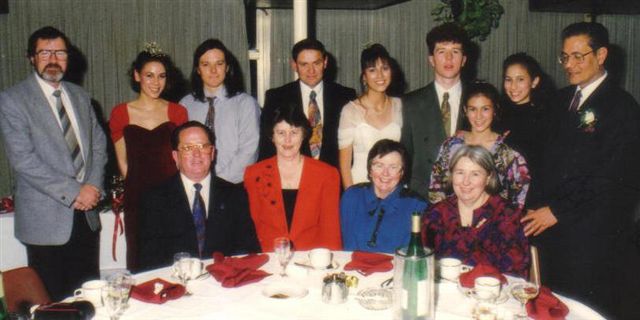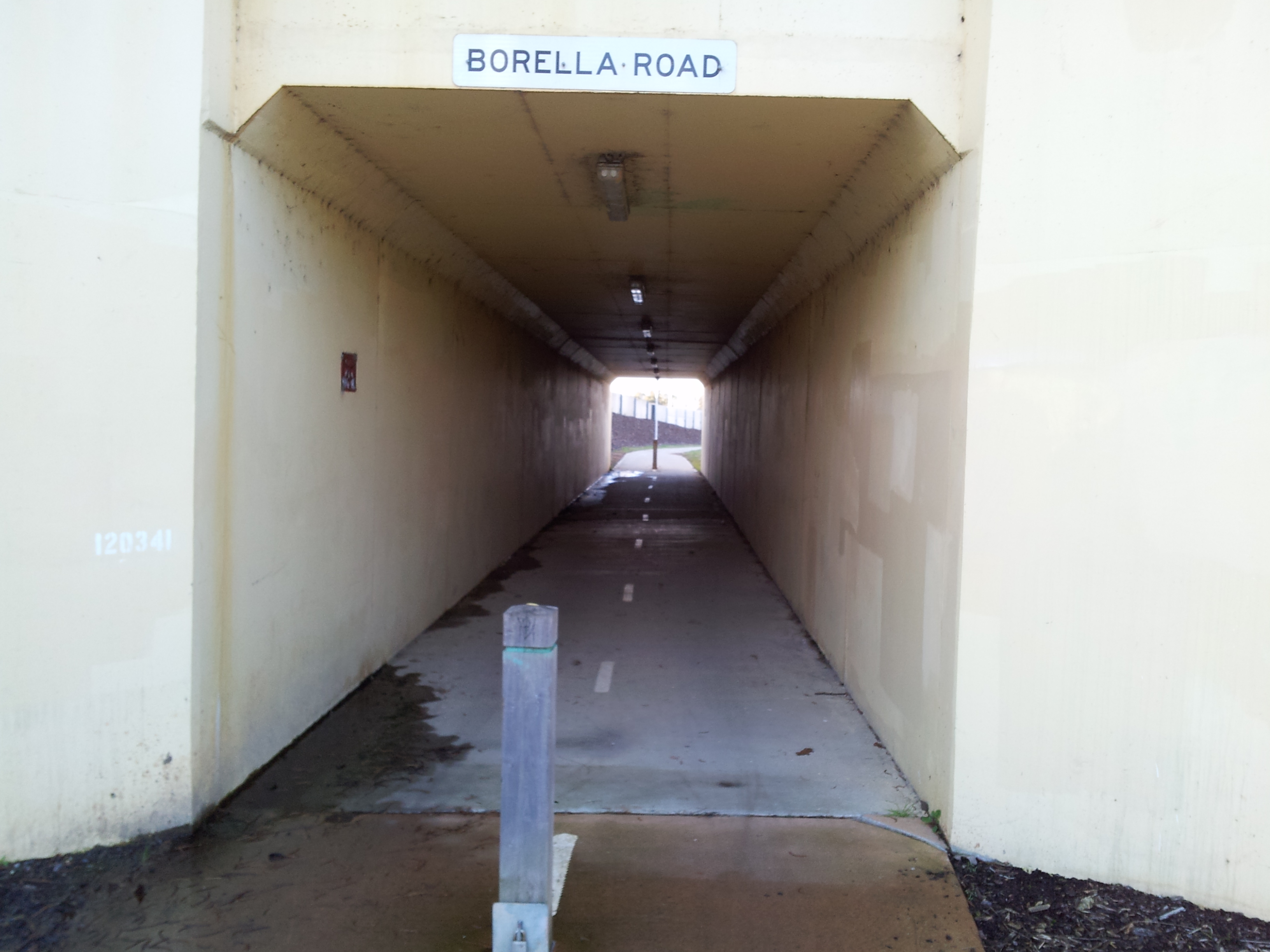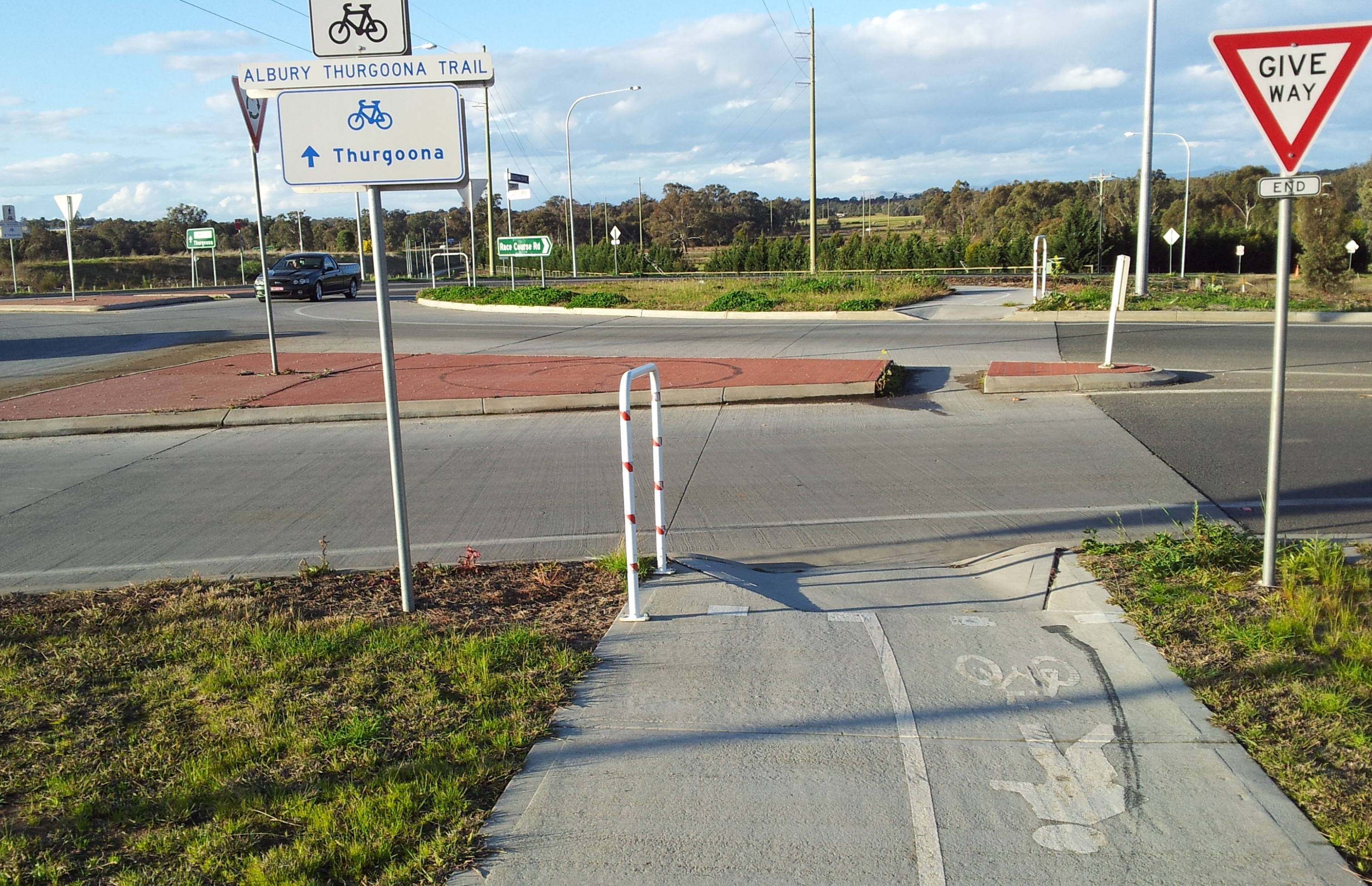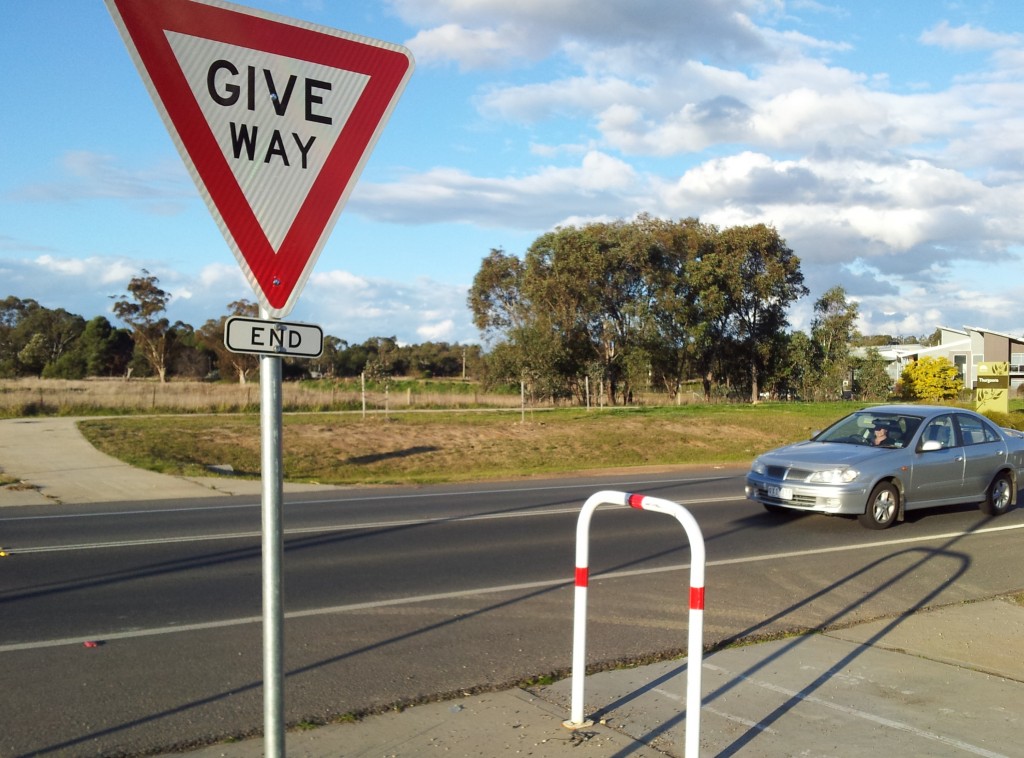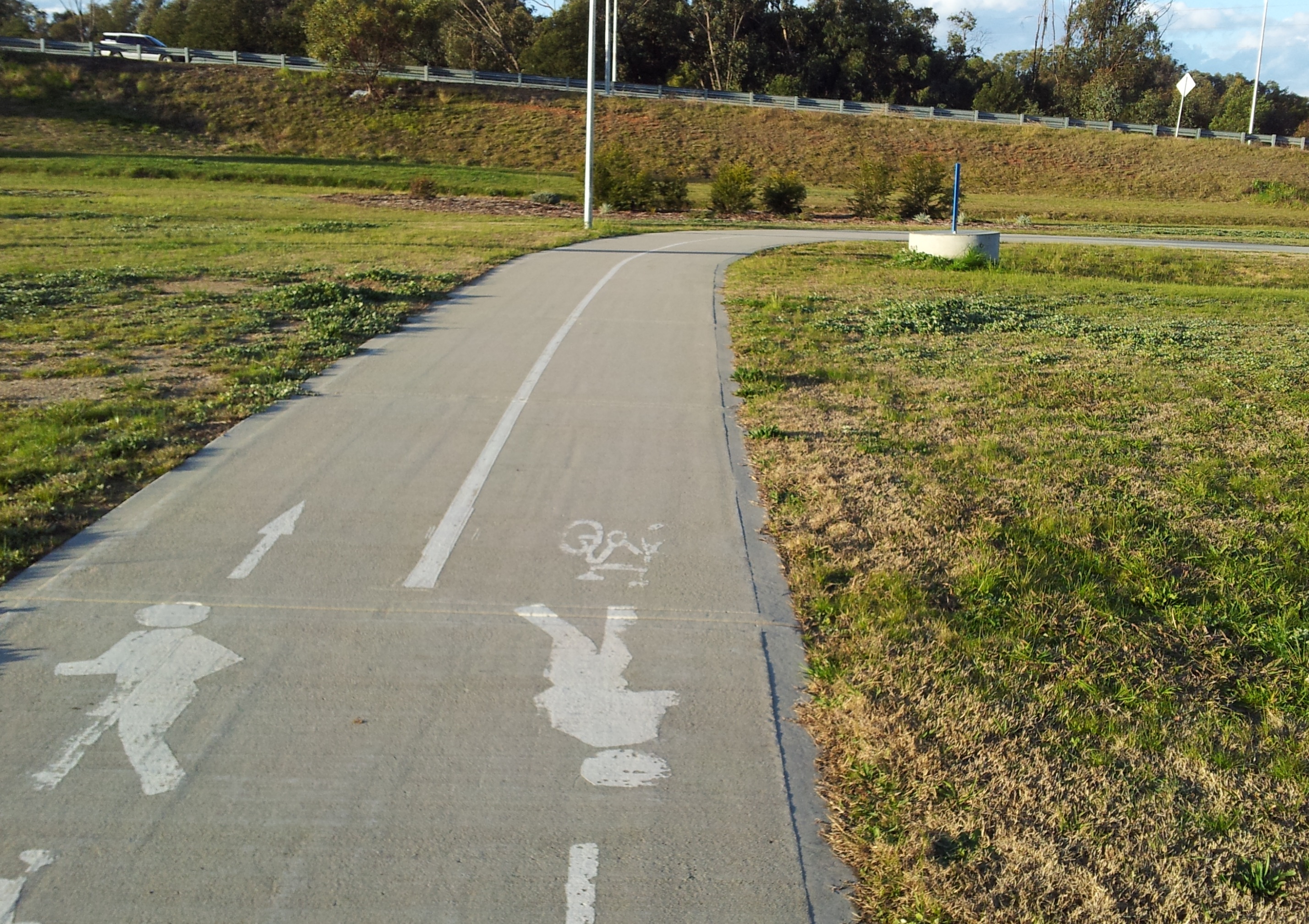I have two sentences for this post. Here’s the first: The word of God is a work of God.
Simple, yet significant. The written word of the Bible is not God, yet connects us directly with God. This does not eliminate the human aspects of the Bible. It remains as writing. We read the Bible with usual language skills.
And now for the second sentence, in Latin: Opera trinitatis ad extra sunt indivisa.
I know no Latin, but know this is a famous Trinitarian saying. It states that the operations or works of the Trinity are inseparable. There is no work of God for which we can say, ‘The Son was working here while the Father was not acting.’ For unionists: the Trinity has no demarcation zones. For management folk: the Trinity avoids the danger of silo mentality.
When we think of the cross, for example, we should consider that Father, Son and Spirit all were at work. Hebrews 9:14 captures this in a single verse: Christ, the Son, offered himself to God, the Father, through the eternal Spirit.
Now, time to connect the two sentences. If both are true, we see that the Bible is a work of all members of the Trinity. We rightly highlight the Bible as inspired of the Holy Spirit. In so doing, however, we do not forget that Father and Son also work through the word.
I can put this as a warning: to divide the Bible too distinctly is to risk dividing God. If we dis-unite the Bible we are in danger of denying the unity of God.
So let’s be careful not to break up the Bible! Here are some of the bad breaks I’ve seen.
Old Testament God versus New Testament God
This is an oldie, pitting old-angry God against new-loving God. Both testaments speak clearly of God’s love, as well as the guarantee that God judges the world. The caricature, caused by a bad break, results in two separate and pathetic Gods. The first needs help with anger-management – he seems to simply lash out and all thought of justice disappears. The second is the typical 60kg weakling – his love is so nice but won’t change a single thing in your life.
Paul versus Jesus
This break says Paul departed from Jesus. Paul (sadly) founded Christianity, and was different from the amazing Jesus. Consequently, we can choose which parts of Paul’s letters we like are consistent with Jesus. When we so choose, our view of God distorts, for we choose some parts but not the whole.
Jesus versus everyone
Also known as the red letter division, because it is the practice of printing some Bibles with ‘the words of Christ in red’. This makes some parts of the four gospels, Acts, 1 Corinthians and Revelation more inspired than the rest. And ‘the rest’ includes the accounts of Jesus’ death and resurrection. This bizarre practice even divides the work of Jesus: his parables are red letter, his compassion on the crowds are black; the Beatitudes are red letter, the feeding of the 5000 are black. There can’t be any good from starting to divide Jesus from himself.
Jesus never said …
This is the path of ‘divide and conquer’. It’s especially common at present concerning homosexuality. It goes like this: Jesus said nothing about homosexuality therefore this is not an important topic for God or the Bible. It claims to honour Jesus (‘We’d never depart from his words!’), while directly rejecting Jesus. For Jesus did give us words about homosexuality. Some are in Leviticus. Other in Romans, or elsewhere. They all are certainly words of the Son of God. Because they are God’s words, they are also words of the Son – for the works of the Trinity are undivided.
These examples warn us that it is a grave risk to slice and dice the scriptures. To chop out unwelcome words is, effectively, to chop at the nature of God. God’s work is a unity because God is one (Deuteronomy 6:4). God’s unified work includes his united word, the Bible, which we are to hear as a unified message.
Now here’s a question for you: what other examples do you know that break apart the word of God?



